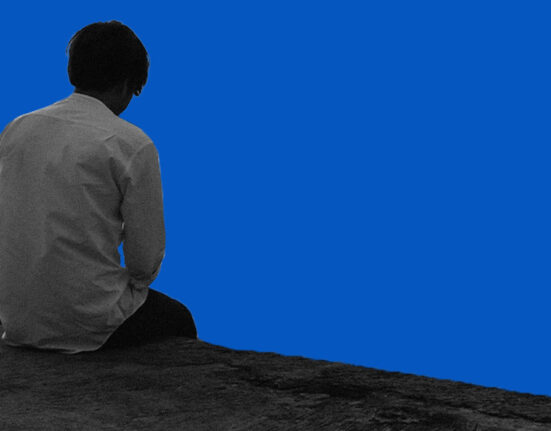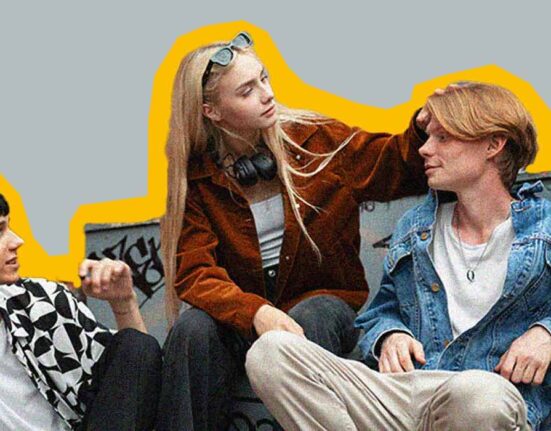Introduction to Creativity and Mental disorder
We are aware of the benefits of expressive art therapy. For individuals with mental diseases including depression, autism, and cognitive impairment. It doesn’t just work for people with some kind of psychological illness. It has also proven itself helpful for healthy individuals who want to relax and get rid of general everyday stress. Would you believe it if someone told you that many people with a natural artistic or creative bent also demonstrate a sensitivity to particular forms of psychological diseases? It is commonly acknowledged that offers an excellent intervention for mental disorders.
Famous German pianist, composer, and music critic Robert Schumann applied for admission to a psychiatric hospital. After making many unsuccessful suicide attempts. Two years after checking into the hospital, he passed away from pneumonia at the age of 46 without receiving treatment for his psychological problem. He was diagnosed with psychotic melancholia. There have been many other great artists in human history who also suffered from some kind of mental illness. Read on to see why some people think there is a connection between creativity and mental illnesses. Whether there are any research that back up this idea.
Are some disorders really more prevalent in Creative people?
This idea that there is some kind of relationship between creativity and mental illness is a very old one. It has been responsible for the birth of tags like ‘Mad Artist’. It appears that people didn’t just come up with this idea out of nowhere, but because they saw something that suggested it. There have been artists throughout history who suffered from severe mental disorders. For instance, there is a famous case of a well-known painter, Vincent van Gogh. Who cut off his ear during an extreme depressive episode and then eventually died in 1890, the cause of death being suicide. There was a similar case of a female artist, Sylvia Plath, whose cause of death was also suicide. Both of these artists talked about their deteriorating mental health in their writings.
Plato had once suggested that often ‘madness’ is the cost most artists pay in exchange for motivation to create new ideas. If we look at what science has to say about this matter then we realize that this notion is hard to deny. According to a number of studies published in past years, the rate of major depression among artistic people is 15-50%. What could be the reason for this? Professor Kay Redfield Jamison found in her study that people with manic depression think faster when they are in a manic state. Additionally, they also need a very less amount of sleep to stay focused and productive.
All of this could be helping them to create original ideas. When engaged in creative thinking, those same individuals experience a depressive state. It could be viewed as the price Plato discussed. Terence Ketter, a professor of behavioral science at Stanford University, tried to study creativity in people with bipolar disorder and those with depression. He found out that personality factors like rumination and sensitivity were common among creative people and those with depression. He stated that art requires us to be sensitive, and if we are not cautious, we can become too sensitive to live in this world. There are also professionals like Eric Maisel who believe that depression is an inevitable part of an artist’s life. In his opinion, almost all artists experience existential depression due to their desire to find the purpose of life in their work.

Studies exploring the link between creativity and mental illness:
The fact that on one side creative personalities were suffering from severe mental disorders. On the other side mental health professional discovered art as an effective intervention for the same mental disorders. It was a paradox that motivated scientists to study the relationship that exists between these two. In 1998, Arnold Ludwig conducted one of the earliest studies that appeared to support the idea that there could be a link between creativity and psychological disorders.
After studying 1000 creative individuals, Ludwig concluded that there exists a significant association between some specific psychological illnesses and creativity. Redfield, Kay According to Jamison’s research, those who are creative are 10 times more prone to suffer from depression than the overall population. Jamison’s conclusions have received support from other investigations, although there have also been detractors. Judith Schlesinger, a psychologist and author, challenged Jamison’s study by claiming that the sample size was insufficient for it to be trustworthy and that it lacked the requisite statistical analysis. She also dismissed Ludwig’s study by calling it anecdotal. While there was strong criticism for these studies, it was still unclear if any relationship between creativity and mental illness exists or not. Researchers developed a logical concept after carefully examining all of these investigations, even the most recent ones.
Scholars have found that creativity is in some way related to the Schizotypy spectrum. After examining all the studies and books that have sought to examine this connection. Schizotypy is a pattern of unusual and divergent thinking which is rarely as extreme as schizophrenia. Cognitive scientist and humanistic psychologist Scott Barry Kaufman cited a paper in which it was concluded that the ability to think at several levels simultaneously had a positive connection with creativity. This kind of multi-level thinking is a characteristic of the schizotypy spectrum. Another paper written by Andreas Fink of the University of Graz also found a similarity between creativity and thinking. It was done by the Precuneus area of our brain. Precuneus is the area of our brain that is responsible for that same multi-level thinking which is typical of a schizotypy spectrum.
What do we derive from all these studies?
Researchers determined that the shared association between creativity and mental illness may be the brain’s capacity. In specific circumstances, to utilise various and unrelated pieces of information. Engage in a type of brainstorming that may appear dissociative and impractical to the general public. This connection was made after carefully examining the aforementioned studies as well as many others that are similar. This finding indicates that the creative thought process may sometimes look similar to that experienced by individuals with mood disorders. For example, when people go through creative episodes they experience a diminished need for sleep and food. Which is a behavior also seen in maniac and hypomanic people.
It is important to note that all these studies only suggest that there are some neurological similarities. They provide no evidence suggesting that creativity can cause psychological illnesses like bipolar and schizophrenia. There is also no evidence that mental illness can make people more creative. While a few aspects of the thought processes of mentally ill and creative people are identical. The major difference between them is that the thought process of a creative person is much more controlled and directive than a person with a psychological disorder.
Conclusively, a brain involved in creative thinking could show some similarities with the brain of a psychologically ill person. But there is no evidence that creative thinking puts a person at risk of mental illness. The only thing we should focus on and make use of is an art, as an intervention for those with psychological distress.













Leave feedback about this